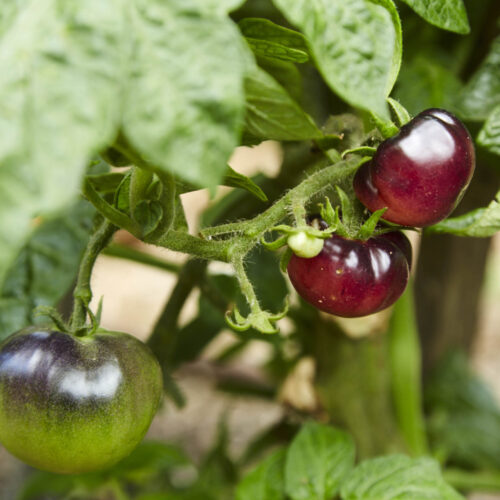The wonders of watercress
2015-06-22T23:37:32+10:00
Contrary to opinion, watercress is easy to grow, says JUSTIN RUSSELL, plus it's a nutritional powerhouse!
Watercress (Nasturtium officinale) is one of those plants that has a reputation for being really difficult to grow. Nothing could be further from the truth. Have a wander along the banks of any creek in the cooler parts of Australia and you’re likely to find watercress growing untended but in great health and profusion. If it can grow like this in the wild, there’s absolutely no reason why you can’t grow amazing watercress in your garden.
First though, it’s important to know why homegrown watercress often trumps foraged watercress. The issue with wild cress is that the water it’s growing in may be contaminated with liver fluke (Fasciola hepatica), a parasitic worm that is hosted in the livers or bile ducts of livestock such as sheep and cattle. The adult fluke lays its eggs in the host animal’s gut, these pass out through the host’s faeces, then hatch into a larva.
If contaminated manure washes into water, the larvae swim around and infest water snails. The larvae develop further, then attach themselves to plants growing in the water, such as grass and cress. They encyst on the plant, and the fluke life cycle completes when the encysted larvae migrate through the gut wall and infest the host animal’s liver. You want to ensure that host animal isn’t you, because in rare cases, liver fluke can kill.
Short of laboratory testing, there’s no real way of knowing whether cress is infested with fluke or not. Some people pick cress from pristine streams with livestock free headwaters. Others wash the cress in a mild bleach solution to kill the parasites. Cooked cress is generally safe to eat, but watercress is mostly eaten raw in salads. My question is: Why take the risk when water cress is so easy to grow at home?
You don’t need to grow the plant in a mountain stream. Watercress does just fine in soil or potting mix that is never allowed to dry out. The plant is easy to start from seed, or you can take some rooted cuttings from a gardening friend and plant them out.
Watercress is a perennial, but I find it easiest to grow it like an annual. It loves cool weather, so I plant in autumn and grow the plants through winter in a sunny position in the garden. It’s also possible to grow cress during summer, but it’s important to keep it cool by growing in the shade and you’ll probably need to water the plants daily. If you have a pond, try growing watercress as a marginal plant.
As for harvesting, simply snip off leaves as required. The peppery bite of watercress goes really nicely in warm winter salads and is particularly good at cutting through fatty meats. The plant is very high in calcium, iron and vitamin C, and sometimes ranks at the top of superfood lists. Get planting!






